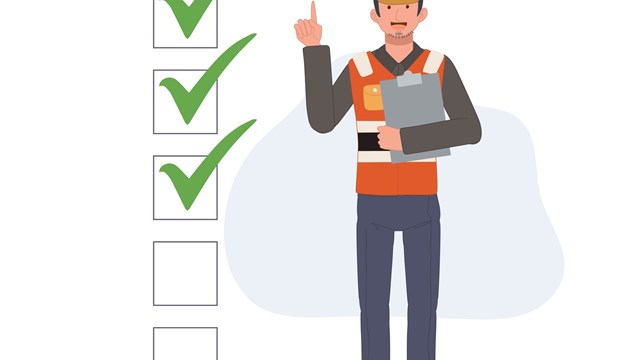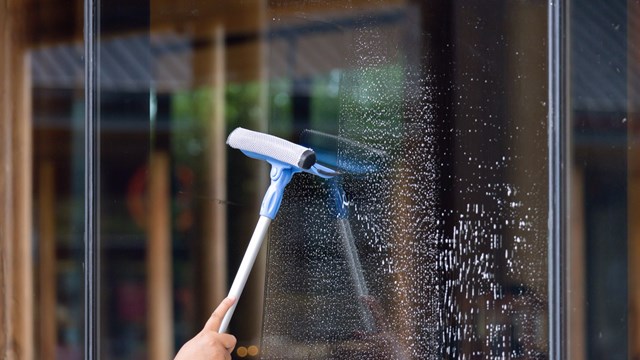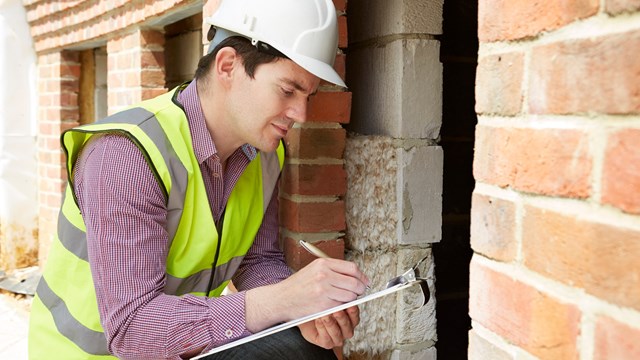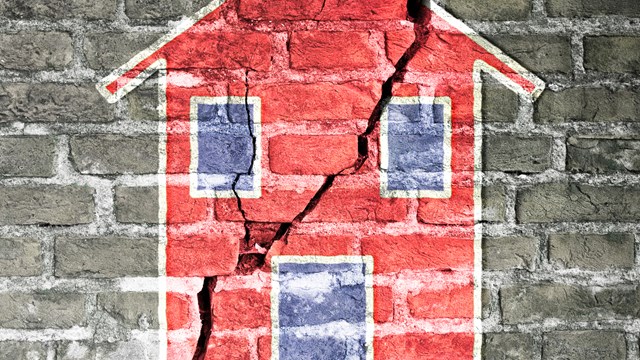Car owners know that in order to operate their vehicle legally, they must have it professionally inspected every year. An older car might need some relatively minor repairs or adjustments to bring it into compliance with state emissions requirements, but for most, getting that mandatory approval sticker is a simple, inexpensive, predictable process that takes maybe half an hour.
Like cars, buildings—and even individual apartment units within them—must undergo periodic inspections, but residents are often less aware of these requirements. Even if they are, they might not know what elements need inspection and when, who is responsible for actually conducting the inspections, where access is required, and how the resulting reports are filed.
The first thing to know is that building inspections for co-ops and condos are much more complicated than getting that annual sticker for your car. Requirements and timelines vary by locality, by size and type of building, and in some cases, by the building’s age and maintenance history. There are inspections that take place outside of the building, others that cover interior common elements and specific systems or mechanisms, and still others that happen within individual units. Each requires different strategies and levels of planning, facilitating, insuring, and communication. On top of all that, inspection laws change frequently—often in reaction to a structural or systemic failure in another building that results in damage to life or property. The ultimate goal is to maximize building safety and prevent disaster.
These inspections can be costly in and of themselves—and the price tag can soar even higher when factoring in remediation of any problems they uncover. But the cost for noncompliance—whether from fines, penalties, legal expenses, or one of those systemic failures just mentioned—is far greater, and more important to avoid.
Exteriors
One of the more vexing inspections for property managers and boards of directors is of the building exterior walls and appurtenances—usually referred to as the ‘façade’ or the ‘envelope.’ Since co-ops and condos tend to be large, multi-story structures made of brick or other masonry, their exteriors have many points of wear and deterioration. Their size and composition also make them more susceptible to the elements; their height and location in densely populated areas mean that any structural failures can have catastrophic consequences.
Adding to this complexity, the governance structure and shared financial responsibility among the owners or shareholders of common interest communities can make the process of planning and paying for property-wide inspections more protracted, and the disruptions they occasionally cause more problematic. In dense cities like New York, Boston, Chicago, or Jersey City (all of which have façade inspection laws on the books), a building’s proximity to its neighbors can mean that inspections and their safety measures like sidewalk bridging and scaffolding may necessarily encroach onto an adjoining property—and vice versa. All of this must be worked out in advance, before the scope or duration of the inspection process is even known.
New York City attorney Adam Finkelstein of law firm Kagan Lubic Lepper Finkelstein & Gold has seen these difficulties firsthand. He says, “In my conversations with property managers, façade inspections have become one of the biggest pains to their existence, because the codes are constantly changing and constantly requiring more and more budgetary constraints, as well as physical construction projects that are disruptive to anyone whose building is undergoing this type of work. At the same time, it’s been a boon to contractors and engineers, because the cost of these projects can be exorbitant. And many times buildings are not well prepared for what’s discovered when the inspections take place and scope of work is ultimately determined.”
According to Andrew Rudansky, a spokesperson for the New York Department of Buildings (DOB), these inspections, previously known as Local Law 11 inspections, are now referred to as the Façade Inspection & Safety Program—FISP for short—and must be performed every five years on all buildings over six storeys, which amounts to nearly 15,000 buildings citywide. The resulting report must be filed with the DOB by a Qualified Exterior Wall Inspector (QEWI)—a New York State-licensed professional engineer (PE) or registered architect (RA)—who is privately contracted by the building owner, which in the case of a co-op or condo is the board.
Finkelstein explains that there were changes to FISP requirements in the current Cycle 9, which started in February 2020. “In response to concerns about the accuracy of some of the prior reporting,” he says, “the City determined that more physical, hands-on inspections were necessary. And that requires putting up scaffolding and doing drops”—which Finkelstein explains is the process of using cranes, hoists, and other suspension equipment against the building façade to allow inspectors to get up close to the bricks and assess and photograph their condition, as the new code requires. “All of this again leads to added costs,” he says. “It would be great if engineers were like Spiderman and could just climb up the building façade—but they’re not.”
Pain Reduction
Absent superhero abilities, one way to potentially mitigate the costs and unwelcome surprises related to a mandatory façade inspection is to do some voluntary “pre-inspecting” by commissioning a professional envelope specialist to perform an exploratory evaluation. Eric Churchill, executive vice president of Schernecker Property Services (SPS), which provides building envelope solutions for condominium communities throughout New England, explains how the process differs from a reserve study or technical report: “When we talk about an exploratory evaluation,” he says, “we’re talking about actually taking siding off, removing roof shingles, removing trim, exploring around windows, and then educating the board on what we find, to start with. So if you find deterioration under the siding, if there’s rotten plywood or rotting framing, the question is ‘why?’—and the education starts there.”
Arming the board and property manager with the facts on the structure’s existing conditions enables the association to plan proactively for maintenance and repairs. Rather than waiting for a building inspector to tell you your roof is deteriorating—and then fine you for it—an exploratory evaluation allows a condo or co-op community to evaluate the cause and degree of the deterioration and then take the steps to improve that condition. Come official inspection day, you’ll be more likely to get that proverbial gold star.
One caveat that Finkelstein points out is that “you may also want to speak to your accountant to determine whether you want to finalize [the resultant] report, because it may trigger certain disclosure requirements that would have to be made in your financial statements. If you can keep the report in a draft form, it would have the same informative value, [but] would possibly avoid a disclosure that could prove problematic down the road.”
Another way to simplify—and possibly reduce the cost of—an exterior inspection is to make use of drone technology. Michael Tynan, managing partner of Drone On Pro Aerial Inspections based in Howell, New Jersey, started his company after working for a New York property management firm and experiencing the frustrations and costs associated with façade inspections for his clients. He says they were racking up change orders that sometimes drove costs 400% above the original contracted figures after repair crews got to work and discovered that the visual inspections had failed to see the true scope of façade issues. So Tynan thought, “Why not use drones, which can get you up close easier and faster?”
Equipped with sensitive thermographic cameras that detect variations in temperature on a given surface, Tynan’s drones can locate areas of moisture penetration on façades and roofs; assess the energy performance of windows, doors, and balconies; and even identify water line breakage below ground. The drones are also equipped with visual cameras, or RGBs, to show inspectors and engineers on the ground what’s going on in hard-to-access areas. Says Tynan, “What benefits co-ops and condo associations by using these drones is that we can provide a review of the building quicker, cheaper, and with better accuracy [than a visual inspection]. Also, when you put a thermographic camera on a drone, it gives you a certain advantage: we can look straight down, with the camera at a 90-degree angle, which takes away reflectance, so you see the issue better.”
Interiors
While exterior inspections have the potential to cause disruption to people’s lives with noise, dust, and vibrations—not to mention the scaffolds, sidewalk bridges, and netting that are required to keep pedestrians safe, but are often seen as an eyesore by residents—interior inspections can be even more intrusive, and require building-wide participation and cooperation. For property managers and boards, this resident buy-in can be extremely difficult to get.
That’s why Elaine Warga-Murray, CEO of Regency Management Group, also in Howell, New Jersey, recommends making this Step 1 as soon as an association or corporation knows they have an interior inspection coming up. She says that in the Garden State, the Department of Community Affairs (DCA) has assembled a list of required inspections that are meant to ensure the health, safety, and welfare of a community and its residents. These include smoke and carbon monoxide detector checks, looking for tripping hazards in and around units and in common areas, proper egress from units and buildings, electrical panel function, and more depending on the size and type of the building or community. She cautions that requirements can vary in different municipalities and regions, and advises every manager and board to go to the DCA website to confirm their specific checklist.
Warga-Murray says that the DCA requires 100% of unit owners to comply. This is not only a scheduling challenge, but can also increase the costs of the inspections if the DCA inspectors have to make multiple return trips to the property to visit every unit, she warns. “People tell you, ‘I’m not available in the morning; well, I’m not available in the afternoon, and I’m not available on Mondays; I’m not available on Tuesdays.’ And then you have to try and get the inspector so that they’re not coming back more than three days, or four days, or a week, because then you’re talking about six or eight hours a day of paying for your manager to be there. And that’s going to be very expensive.”
To mitigate these costs, Warga-Murray has two strategies: put the time, procedure, and expense of DCA inspections into the management contract up front; and establish a resolution to impose fines on unit owners or shareholders if they can’t be available for inspections or refuse or delay compliance, thus incurring fines and penalties for the community.
Warga-Murray continues, “For the most part, preparing in advance is technically one of the most important aspects of this [type of inspection]. It’s important for the manager to also conduct pre-inspections in advance of the DCA visits so they know specifically what areas are going to be addressed. What I have found is that if we know [what the potential violations are] in advance, and then obtain contracts [to correct them], when the DCA inspector comes, there is no penalty; they see that we’re involved in making the corrections.”
Bringing it All Together
Since building inspections are a fact of life for property owners, it pays to be aware, be prepared, and have a plan. At the end of the day, completing an inspection and getting that sign-off—whether it comes with a sticker or not—means that the community is that much more protected from both burdensome penalties and potential catastrophes. As the pros say: instead of looking at inspections in terms of their cost, look at them in terms of their value.
Darcey Gerstein is Associate Editor and a Staff Writer for New England Condominium.










Leave a Comment